Germany PMI Manufacturing dropped from 54.8 to 52.0 in June, below expectation of 54.0. That’s the lowest level in 23 months. PMI Services dropped from 55.0 to 52.4, below expectation of 54.5, a 5-month low. PMI Composite dropped from 53.7 to 51.3, a 6-month low.
Phil Smith, Economics Associate Director at S&P Global Market Intelligence said:
“June’s flash PMI data show that Germany’s economy has lost virtually all the momentum gained from the easing of virus related restrictions, with growth in the service sector cooling sharply for the second month in a row in June.
“But perhaps the biggest cause for concern is a broad-based decline in demand, with a deepening downturn in manufacturing new orders coinciding with a first fall in service sector new business for six months, as rising prices and elevated levels of uncertainty take a toll. Activity is still being supported to some extent by workloads built up earlier in the year, however.
“Price pressures remain historically elevated. However, there are signs that businesses might be finding it increasingly difficult to pass on higher costs to customers, with average prices charged for goods and services rising at the slowest rate for three months despite a quicker increase in input costs that the survey in part linked to rising wage pressures.
“Thanks to a particularly grim outlook for the manufacturing sector, business confidence towards future activity is now at its lowest since the first wave of the pandemic two years ago, and we’re seeing this translate into a broad-based slowdown in job creation as companies start to reassess their staffing needs going forward.”




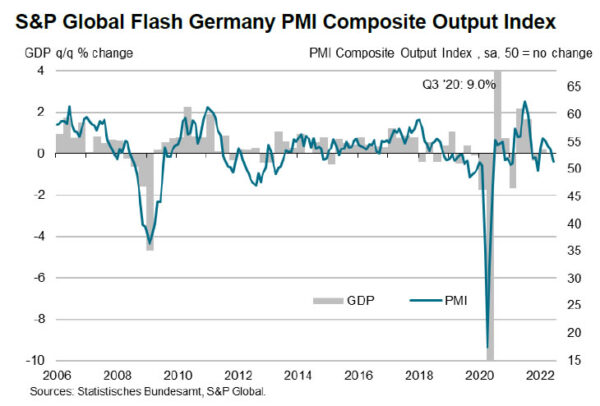
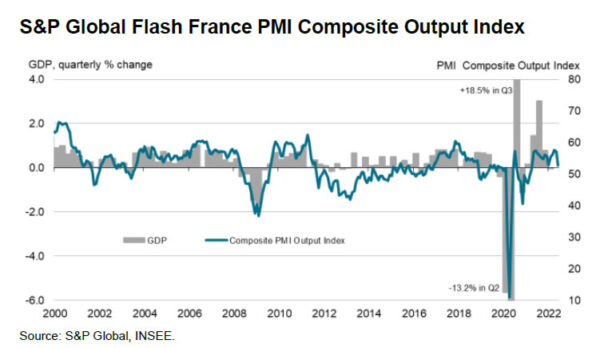


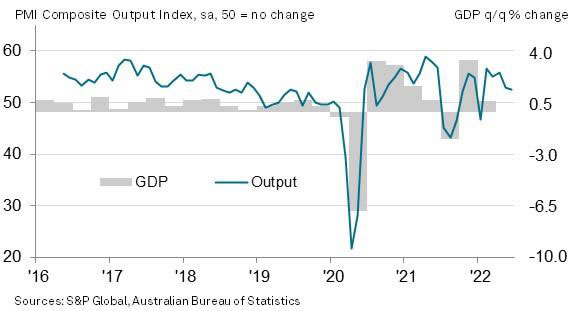
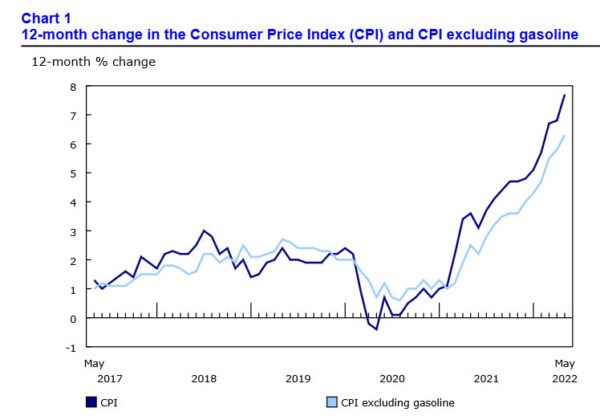
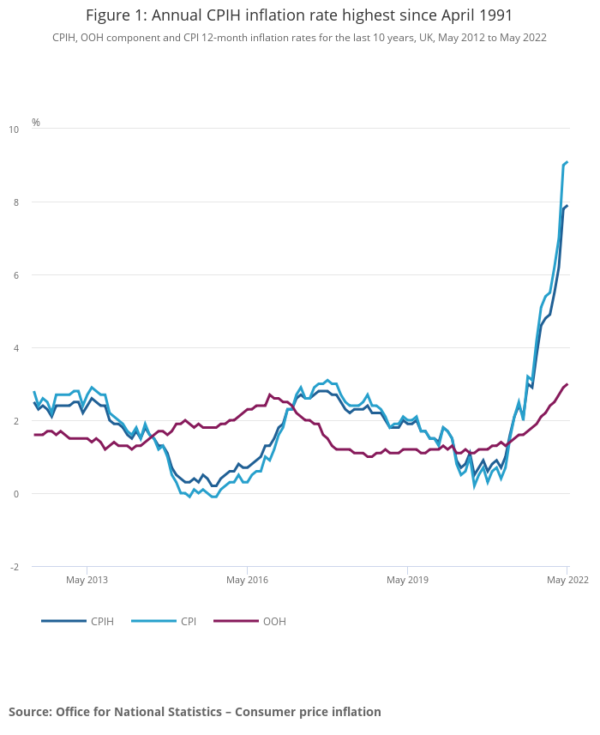
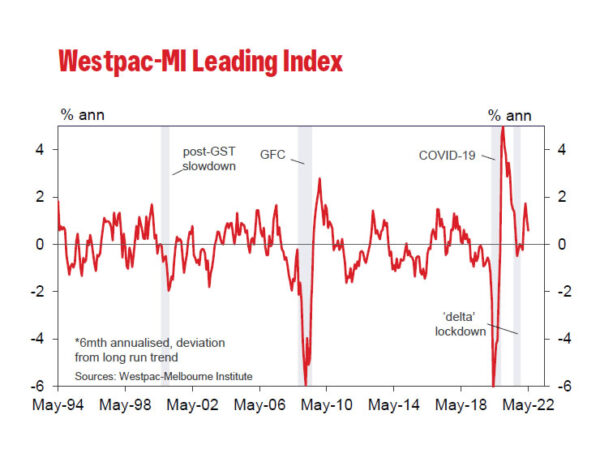
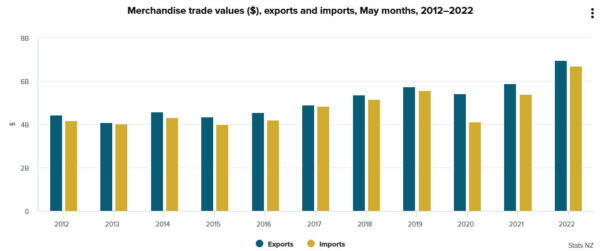
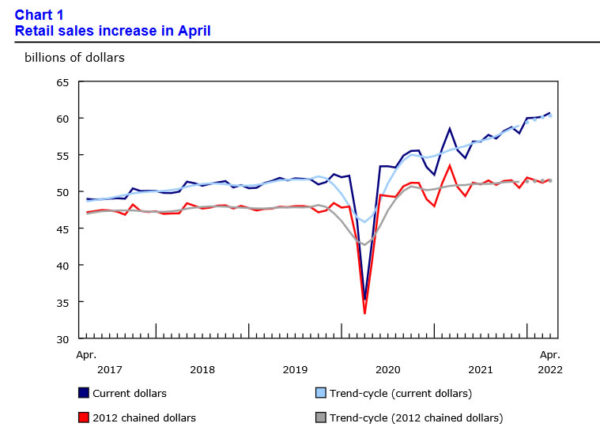

Eurozone PMI composite dropped to 16-mth low, just 0.2% GDP growth and worse to come
Eurozone PMI Manufacturing dropped from 54.6 to 52.0 in June, below expectation of 53.0. That’s the lowest level in 22 months. PMI Services dropped from 56.1 to 52.8, below expectation of 55.5, a 5-month low. PMI Composite dropped from 54.8 to 51.9, lowest in 16-months.
Chris Williamson, Chief Business Economist at S&P Global Market Intelligence said: “Eurozone economic growth is showing signs of faltering … Excluding pandemic lockdown months, June’s slowdown was the most abrupt recorded by the survey since the height of the global financial crisis in November 2008…. The slowdown means the latest data signal a rate of GDP growth of just 0.2% at the end of the second quarter, down sharply from 0.6% at the end of the first quarter, with worse likely to come in the second half of the year.”
Full release here.